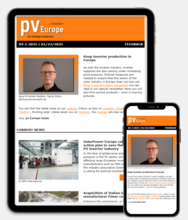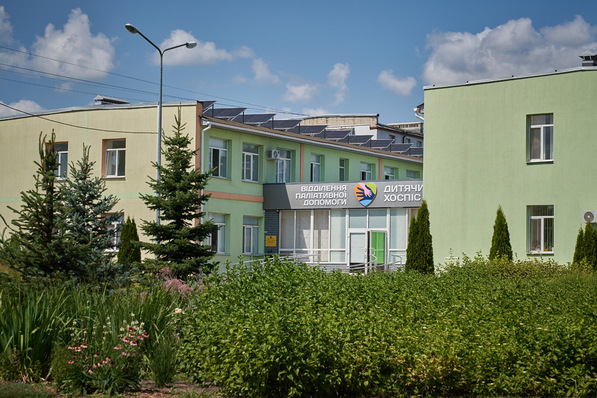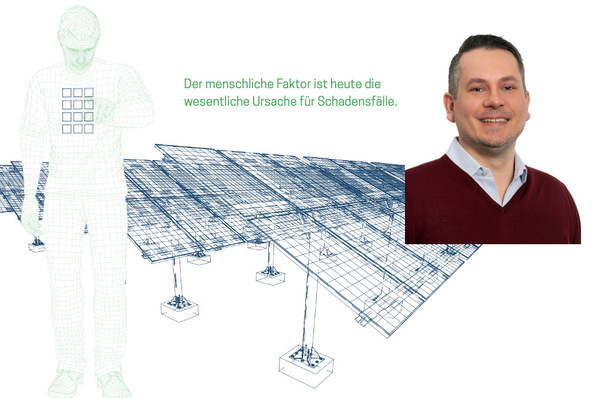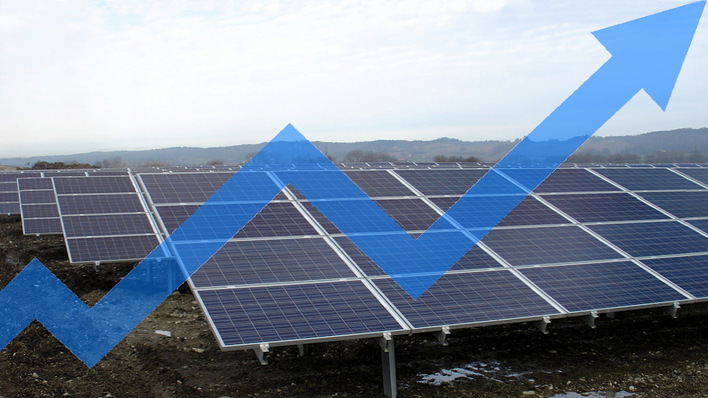According to Fraunhofer ISE, just 0.006 percent of photovoltaic systems cause major fire damage. Findings from Fraunhofer ISE and TÜV Rheinland point to three main causes: defective components (one third), planning errors (another third), and installation mistakes (the remaining third).
Call for predictive maintenance in the PV industry
High-risk contact points
The most common risk factors are incorrectly installed or prematurely aged contacts. These include junction boxes, connectors, and termination points in distribution boxes and inverters – all areas where contacts can overheat, burn or arc.
Electrical interferences
Short circuits remain a leading cause of fires. They happen when two conductors come into contact, triggering a surge of current that produces heat and, potentially, fire.
Factors in short circuits
Defective insulation: Cable insulation may degrade over time due to weather, wear or manufacturing defects.
Loose or damaged connections: Poorly secured or faulty connections can lead to shorts. All connections must be tight and well protected.
Cable damage: Rodents or martens may damage cables during or after installation.
EMC-direct: Human factor behind high costs
Electric arcs
Arcing results from interrupted current flow and can create enough heat to ignite a fire. Common causes include:
Loose connections
Defective components
Wear and corrosion
Stay up to date with our newsletter – subscribe here.
Overload factors
Poor design: Systems that don’t account for full loads
System upgrades: Adding panels without upgrading other components
Failure of protection devices: Missing or inadequate fuses and breakers.
What to do when hailstorms impact solar modules
Factors in inverter failure
Overloading and overheating: Long periods at max power can cause thermal stress
Manufacturing defects: Faulty capacitors or transformers
Inadequate maintenance: Minor issues can grow into major failures
The author
Thaddäus Nagy is Executive Director of EMC-direct. In the last two years alone, he and his team have helped build numerous large-scale open-air solar projects across Europe. Products from this cable protection and fastening specialist based in Dorsten near Gelsenkirchen have been used in major installations in Austria and Denmark, among others. (HS/TF)
Read more:
Nuisance birds – Preventive measures for solar installations
Self-sufficient surveillance of solar parks against theft and sabotage








